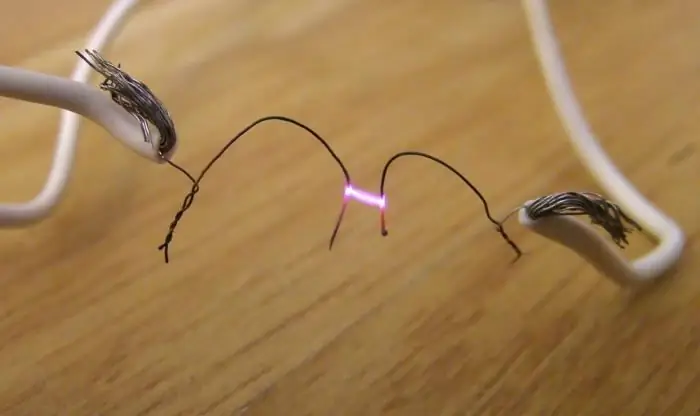2026 Author: Howard Calhoun | [email protected]. Last modified: 2025-01-24 13:10:33
From the direct sources of generation to the consumer, electrical energy passes through many technological points. At the same time, its carriers themselves in the form of lines with conductors are essential in this infrastructure. In many ways, they form a multi-level and complex system of electricity transmission, where the consumer is the final link.
Where does electricity come from?

At the first stage of the overall process of energy supply, generation occurs, that is, the production of electricity. For this, special stations are used that produce energy from its other sources. Heat, water, sunlight, wind and even earth can be used as the latter. In each case, generator stations are used that convert natural or artificially generated energy into electricity. These can be traditional nuclear or thermal power plants, and windmills with solarbatteries. For the transmission of electricity to most consumers, only three types of stations are used: nuclear power plants, thermal power plants and hydroelectric power plants. Accordingly, nuclear, thermal and hydrological installations. They generate about 75-85% of energy worldwide, although due to economic and especially environmental factors, there is a growing trend towards a reduction in this indicator. One way or another, it is these main power plants that produce energy for its further transmission to the consumer.

Networks for the transmission of electrical energy
Transportation of the generated energy is carried out by the network infrastructure, which is a combination of various electrical installations. The basic structure for the transmission of electricity to consumers includes transformers, converters and substations. But the leading place in it is occupied by power lines that directly connect power plants, intermediate installations and consumers. At the same time, networks may differ from each other - in particular, by purpose:
- Public networks. Supply household, industrial, agricultural and transport facilities.
- Network communications for autonomous power supply. Provide power to autonomous and mobile objects, which include aircraft, ships, non-volatile stations, etc.
- Networks for power supply of facilities performing individual technological operations. At the same production facility, in addition to the main supply of electricity, a line may be provided to maintain the operability of a particularequipment, conveyor, engineering plant, etc.
- Contact power supply lines. Networks designed to deliver electricity directly to moving vehicles. This applies to trams, locomotives, trolleybuses, etc.

Classification of transmission networks by size
The largest are the backbone networks connecting energy generation sources with consumption centers across countries and regions. Such communications are characterized by high power (in the amount of gigawatts) and voltage. At the next level, there are regional networks, which are branches from main lines and, in turn, have smaller offshoots themselves. Through such channels, electricity is transmitted and distributed to cities, regions, large transport hubs and remote fields. Although networks of this caliber can boast of high power performance, their main advantage lies not in the volume supply of energy resources, but in the transportation distance.
At the next level are regional and internal networks. For the most part, they also perform the functions of distributing energy between specific consumers. The district channels are fed directly from the regional ones, serving the urban block zones and village networks. As for internal networks, they distribute energy within the quarter, village, factory and smaller objects.

Substations in power supply networks
Between separate segments of electricity transmission lines, transformers are installed in the format of substations. Their main task is to increase the voltage against the background of a decrease in current. And there are also step-down settings that reduce the output voltage indicator in conditions of increasing current strength. The need for such regulation of electricity parameters on the way to the consumer is determined by the need to compensate for losses on active resistance. The fact is that the transmission of electricity is carried out through wires with an optimal cross-sectional area, which is determined solely by the absence of a corona discharge and the strength of the current. The impossibility of controlling other parameters leads to the need for additional control equipment in the form of the same transformer. But there is another reason why the voltage should increase at the expense of the substation. The higher this indicator, the further, perhaps, the distance of energy transmission while maintaining a high power potential.
Features of digital transformers

Modern kind of substation, allows digital control. So, a standard transformer of this type provides for the inclusion of the following components:
- Operational control room. The operating personnel, through a special terminal connected via a remote (sometimes wireless) connection, controls the operation of the station in heavy and normal modes. May applyauxiliary devices of automation, and the speed of transmission of commands varies from several minutes to hours.
- Anti-emergency control unit. This module is activated in case of strong disturbances on the line. For example, if the transmission of electricity from a power plant to a consumer takes place under conditions of transient electromechanical processes (with a sudden shutdown of its own power, a generator, a significant load drop, etc.).
- Relay protection. As a rule, an automatic module with an independent power supply, whose list of tasks includes local control of the power system by quickly detecting and isolating faulty parts of the network.
Auxiliary electrical installations on power lines
The substation, in addition to the transformer block, provides for the presence of disconnectors, separators, measuring and other supplementary devices. They are not directly related to the control complex and work by default. Each of these installations is designed to perform specific tasks:
- The disconnector opens/closes the power circuit if there is no load on the power wires.
- The separator automatically disconnects the transformer from the network for the time required for the emergency operation of the substation. Unlike the control module, in this case, the transition to the emergency phase of operation is carried out mechanically.
- Measuring devices determine the voltage and current vectors at which electricity is transmitted from the source to the consumer inspecific point in time. These are also automatic tools that support the accounting of metrological errors.
Problems in the transmission of electrical energy

When organizing and operating power supply networks, there are many difficulties of a technical and economic nature. For example, the already mentioned current power losses due to resistance in conductors are considered the most important problem of this kind. This factor is compensated by transformer equipment, but it, in turn, needs maintenance. Technical maintenance of the network infrastructure, through which electricity is transmitted over a distance, is, in principle, costly. It requires both material and organizational resource costs, which ultimately affects the increase in tariffs for energy consumers. On the other hand, the latest equipment, materials for conductors and optimization of control processes still allow to reduce part of the operating costs.
Who is the consumer of electricity?
To a large extent, the requirements for energy supply are determined by the consumer. And in this capacity, manufacturing enterprises, public utilities, transport companies, owners of country cottages, residents of multi-apartment city buildings, etc. can act. The main difference between different groups of consumers can be called the power of its supply line. According to this criterion, all channels of electricity transmission to consumers of different groups can bedivided into three types:
- Up to 5 MW.
- From 5 to 75 MW.
- From 75 to 1 thousand MW.

Conclusion
Of course, the above-described energy supply infrastructure will be incomplete without a direct organizer of the energy resource distribution processes. The participants of the wholesale energy market who have the appropriate provider license act as a supply company. An agreement for electricity transmission services is concluded with an energy sales organization or another supplier that guarantees supply within the specified billing period. At the same time, the tasks of maintaining and operating the network infrastructure, which provides a specific consumer object under the contract, may be in the department of a completely different third-party organization. The same applies to the source of energy generation.
Recommended:
How to pay for electricity via the Internet? Payment for electricity on a personal account via the Internet
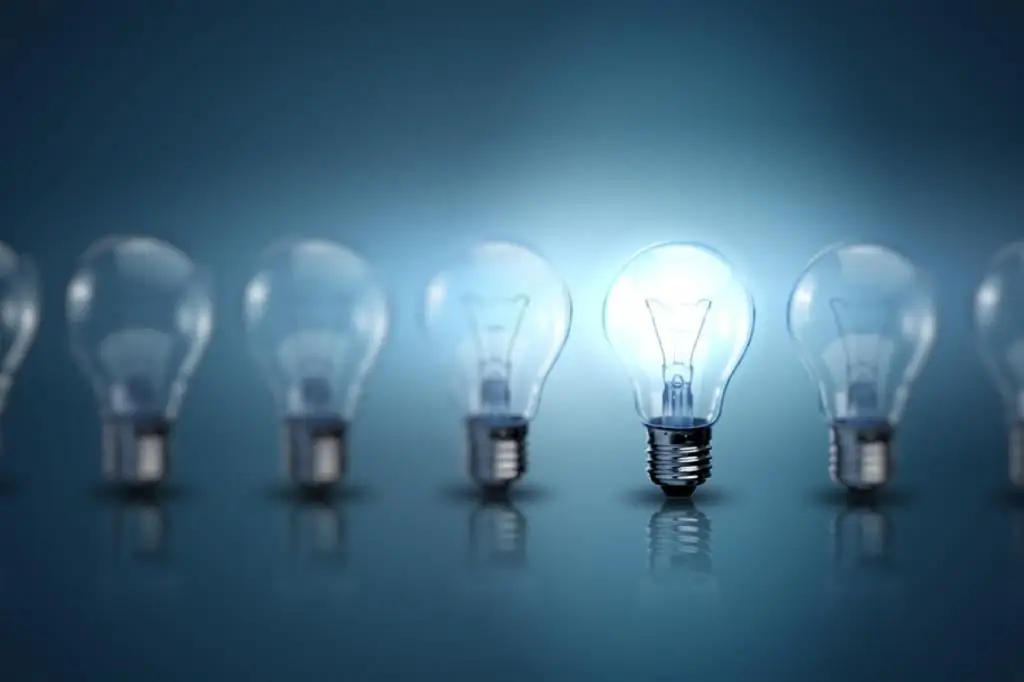
After the Internet has firmly and closely merged into Russian reality, online financial transactions have ceased to be a unique product for an ordinary person. Online payment operations, even for an inexperienced PC user, are quite simple. In this article you can find detailed instructions on how you can pay for electricity using the Internet
Nuclear power plants. Nuclear power plants of Ukraine. Nuclear power plants in Russia
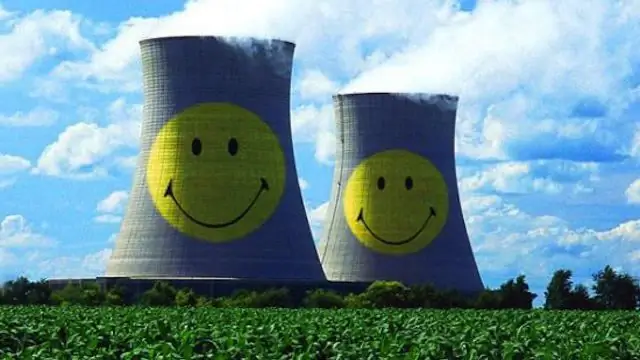
Modern energy needs of mankind are growing at a gigantic pace. Its consumption for lighting cities, for industrial and other needs of the national economy is increasing. Accordingly, more and more soot from burning coal and fuel oil is emitted into the atmosphere, and the greenhouse effect increases. In addition, there has been more and more talk in recent years about the introduction of electric vehicles, which will also contribute to the increase in electricity consumption
How do they pay for electricity? Payment for electricity: how to transfer meter readings, calculate and pay?
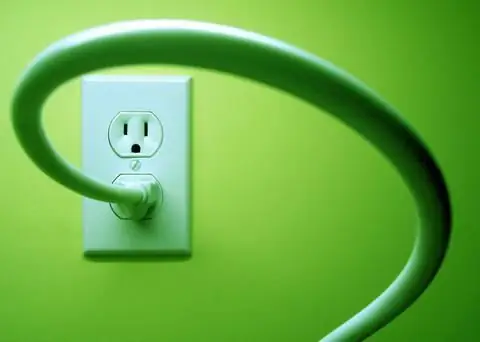
How to pay for electricity correctly? What do the notorious "kilowatts" depend on? These burning questions sometimes require an immediate and accurate answer
Floating nuclear power plant "Akademik Lomonosov". Floating nuclear power plant "Northern Lights"

A new word in the use of peaceful atom - a floating nuclear power plant - innovations of Russian designers. In the world today, such projects are the most promising for providing electricity to settlements for which local resources are not enough. And these are offshore developments in the Arctic, and the Far East, and Crimea. The floating nuclear power plant, which is being built at the B altic Shipyard, is already attracting great interest from domestic and foreign investors
Guaranteed electricity supplier is List of electricity suppliers
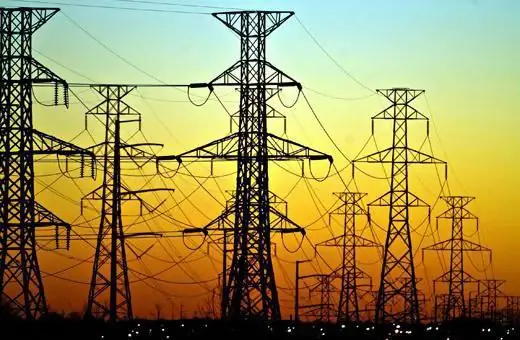
SOE (Guaranteed Electricity Supplier) is a government-regulated energy retail company. She is obliged to conclude an agreement for the supply of energy with any applied consumer located in her service area

